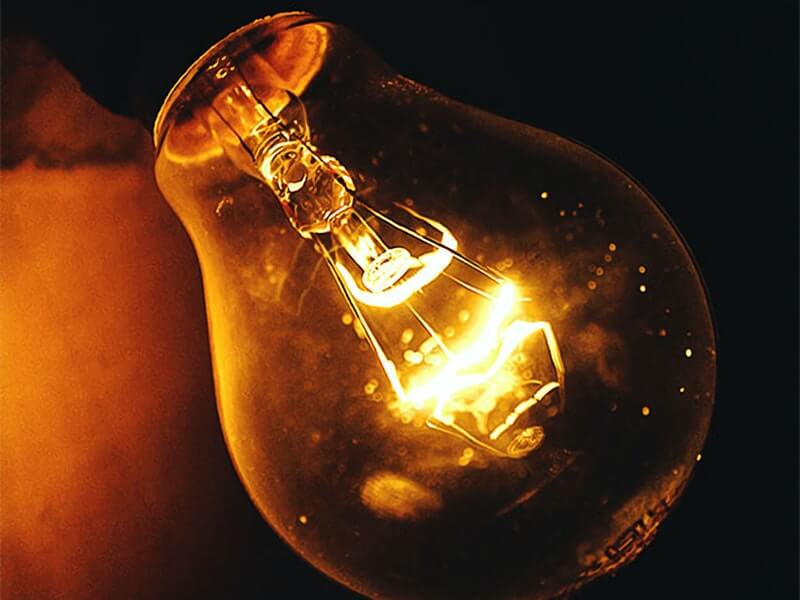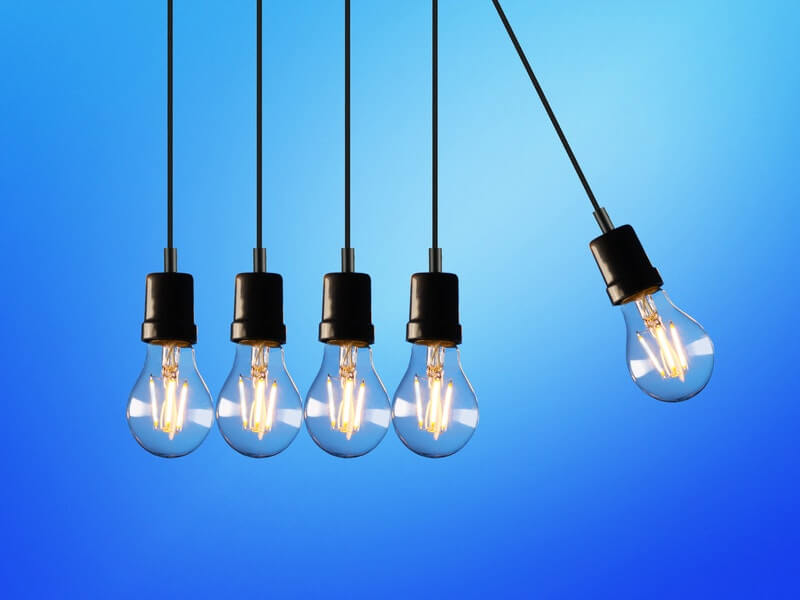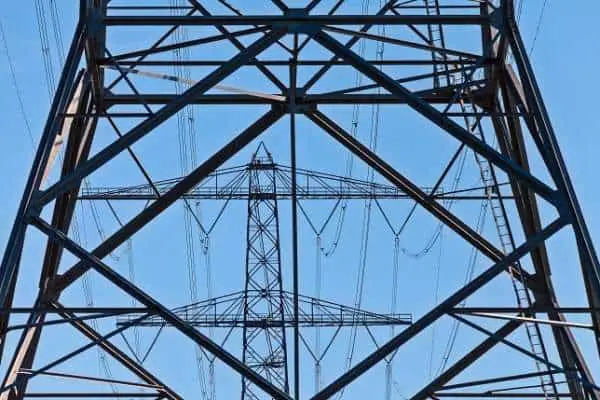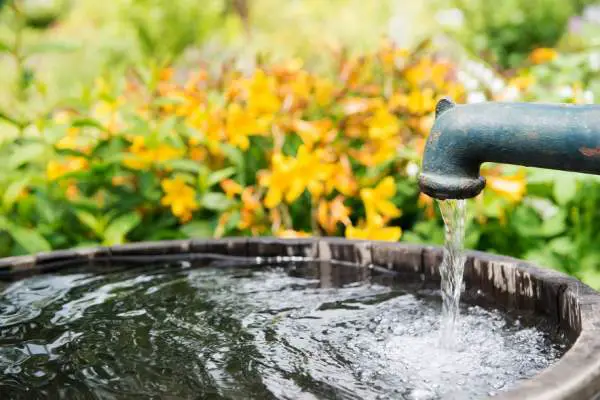Many keen gardeners look at hydroponics as a way to grow crops all year round. However, new growers may be wondering how much it costs for such a system. Systems can be built from regular products, yet once it comes down to the power, then this is very different.
The question of how much electricity does hydroponics use can take quite a bit of calculation to find the answer, yet doing so is a necessary evil before finding the next utility bill for electricity has doubled.
There are plenty of factors that will affect the outcome. These can include crop type, system size, and all the equipment needed to run the system effectively.
How Can I Measure My Hydroponic System Power Usage?

When considering electricity use, there are meters you can purchase that you plug in the socket, and then your device. This reads power usage of said device, yet there is one major flaw. This means you will already have the equipment.
Growers who are looking to build a system need to know beforehand how much power each device will use. From there they can calculate their running costs.
One thing a grower will find is that pinning down a cost is almost impossible. There are so many variables, and some of these may not be related to the system in a direct manner. Just quickly, there will be the device wattage use, the running time, cost of electricity, and cost at different times of the day.
There is plenty that can affect the result, yet there are ways for gardeners to find out a rough estimate of their power use and cost.
Calculating Grow Room Electric Use
Here are the straightforward steps you can follow to estimate your power use for your grow room.
- Find out how much each device uses per hour in watts.
- Multiply the watts of the device by the number of run hours for the device (some devices can use different power at varying times of the day). To calculate this, do the math for each wattage which matches the daily period and then add together.
- Do this for all the hydroponic devices you may want to use and any electrical devices you already have.
- Find out how much you pay per unit. This should be on your utility bill (1 unit = 1,000W or 1KW). Divide the cost of your units by 1,000 to calculate your cost per W. Some suppliers may charge less at night; this can be one way to save power consumption.
Once you do this for all your devices, you can then calculate your daily power use. To do this only takes one step.
- Multiply the daily wattage (this was in steps 2 and 3) and then multiply by the cost per Watt you calculated in the fourth step.
You can even find some online sites to help even more. One such example is GreenTree’s Hydroponics. They have constructed a cost calculator for HID Lamp running costs, which can be a great help when you wish to understand lighting costs specifically.
One of the biggest things that will happen is if the gardener is looking at a commercial venture, or just growing for personal use. If for home growing, there will have to be an analysis carried out of the electricity use in comparison to groceries purchased. It doesn’t make any economic sense to spend more in power than if you were to do all your grocery shopping in the supermarket.
Commercial ventures in all essence can be profitable after the initial system is built. One website that has a good piece on this is Zipgrow; they break down the costs for larger farmers and then equate it to crops sold.
If you are pricing out a hydroponic garden, no matter if, it is for personal or commercial gain, and then the following section can be useful.
How to Price Out a Hydroponics System

For those more interested in growing hydroponically as a form of income, the operational costs of their system will go beyond just the cost of electricity to run it. If a garden is designed and can run at a profit, then there is no better way to work than being surrounded by healthy vegetables and the sounds of babbling water.
Here is a quick breakdown of factors that can find their way into the equation of costs for hydroponic systems. If they won’t affect you, just delete that item from your calculation.
- Rent/Mortgage – For a hydroponics system designed to yield some income, the cost of the space it occupies should be considered as part of your overhead costs. If you’re renting a space specifically for this purpose, knowing that number will be easy. If you’re allotting a portion of your home, just estimate the amount being devoted to growing.
- Water – While likely the cheapest operational cost that will be associated to your hydroponics system, it shouldn’t be overlooked when budgeting out your operation. Remember to consider the amount used to replenish and potentially clean the system on a regular basis in your calculation of the costs.
- Seeds and Growing Medium – Knowing which growing medium your system will be using will help you to gauge the cost of this aspect of the operation. Prices will vary by the material, as will the price for the type of seed you need. Knowing what your growing medium will be and what crop you’re growing will help you estimate these costs.
- Nutrients – For most people growing for commercial purposes, the scale of the operational will make buying nutrients in bulk more advantageous than buying premixed formulas. CO2 may also be a consideration for increasing the yield of your crop.
- Electricity – As mentioned before, an estimate of this cost can be easier to find than you might expect. Knowing the specifications of the equipment your system will utilize will help in finding this number and knowing what your monthly electricity costs will look like.
- Miscellaneous – While the above list is the essentials for growing hydroponically and will be able to carry you through a grow cycle, each grower has their own extras that they feel are essential. The most common expense in this department is for pest control. Whether it’s netting or neem oil, these costs should be factored into the budget.
By budgeting out what your costs will look like, you can make a more informed decision when setting up your hydroponics system. The overhead costs of running the system may even affect what crop you decide to grow.
When you take all the above into account, you can quickly see that high-value crops may be required. Totaling up all of the above, you can be looking at a cost for nine weeks of around $3,500 to produce a crop in a system with a 10,000W power usage.
This may seem a lot, yet this is for commercial growers, and they will hopefully have calculated all of this to see what their crop can deliver. There are ways you can be smart and decrease some power costs along the way. Here are some tips, which may help.
Power Consumption Reduction Tips for Hydroponics
Hydroponics is still in the boom stages, but there are concerns for some growers it isn’t cost-effective for them to begin a garden. While there are many costs as above, a lot of these will be reduced when gardens become smaller and the space is at home.
There are other ways growers can reduce costs by being smart when it comes to powering their systems.
Rainwater capture can be one way of reducing water bills. This takes very little treatment for preparation, and it can save a lot in comparison to using other water sources.
Lighting will be the most significant cost in any garden. Depending on the crops, it is worth a gardener either making the most of natural sunlight when possible or just supplementing this with artificial lighting. Additionally, there are lighting fixtures that are more cost-efficient than HID bulbs, yet the gains received may not be as large.
LED lights are a good solution if the growing area is small enough, or there is the fallback of T5 Fluorescent tubes, which are effective and not overly expensive.
Conclusion
A large garden may consume a lot of electricity, yet smart gardeners will know that what a hydroponics garden can churn out over the length of a growing season can negate this cost. This is true when vegetables are out of season, and there is a price hike in the stores.
There is a fine line, but when a gardener looks at all aspects and sees they don’t need to be using electricity all day every day, then a system won’t be using too much electricity, and the small cost is worth it for fresh produce.





